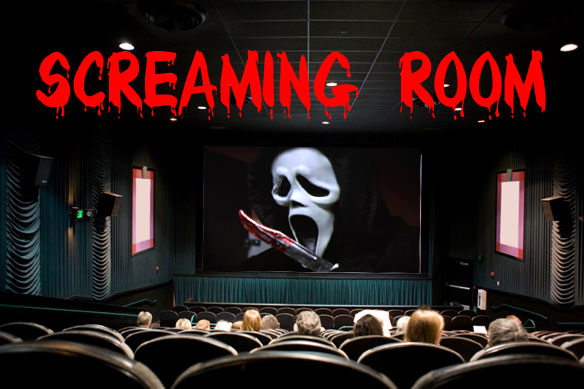

12 Days
of Christmas
Horror 2023!
A New Christmas Related Horror Short Every
Day
December 13, 2023
Unboxing - A Holiday Horror Short Film
by Suburban Ghost Films
A live stream goes very very wrong on Christmas Night!
December 14, 2023
Christmas Wrapping - Horror Short
by Mike Canale
A boy goes to his Grandma's house for her nutcracker.
December 15, 2023
Santa Baby Christmas - A Horror Comedy Short Film
by Andrey Rudenko
New Parents Look for Christmas Eve Peace on Earth!
December 16, 2023
All I Want For Christmas Is You - Horror Short Film/Music Video
from Josh Solomon feat. music by Chase Holfelder
A Teenage Boy's Strange Christmas Fantasy!
December 17, 2023
Bogey - A Christmas Horror Story
by Ruben
Rodriguez
The Bogey Man Makes a Christmas Appearance!
December 18, 2023
Do You See What I See? - (Xmas Horror Short)
From Unstable Ground
During the Christmas season, two sisters throw a house party,
unaware that a deadly invader will be crashing the proceedings.
December 19, 2023
TENSION - A Black Christmas Short Film
by John Steele
A single father of two spends the Christmas holidays alone. Or so he thinks.
December 20, 2023
Iíll Be Alone For Christmas - Christmas Horror Movie
by Ryan Shovey
The Horror of Spending Christmas by Yourself
December 21, 2023
You Better Watch Out - A HD Horror Short
by Anthony Raus
This Christmas short horror film shows what happens when you're on Santa's naughty list!
December 22, 2023
Down Through the Chimney - A Holiday Horror Short
by Suburban Ghost Films
One year after the abduction of his daughter by Santa Claus, a man waits for his return...
December 23, 2023
A Creature Is Stirring
from Cutting Floor Films
Two bumbling burglars get more than they bargained for unleashing a vengeful spirit!
December 24, 2023
The Snowglobe
by Jake Hammond
Anna believes her late mother is trying to warn her of impending doom by way of an antique snow globe.